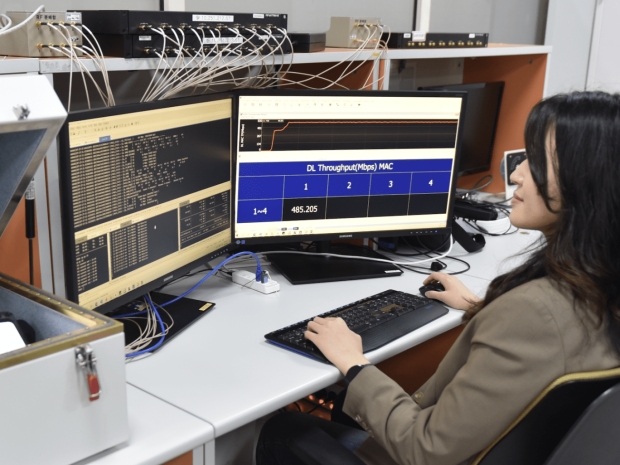The laboratory test, conducted at Samsung’s research and development laboratory in Korea, signifies an industry first for the deployment of 1024 QAM in an FDD band (2.1 GHz) and 1024 QAM across both FDD and TDD (3.5 GHz) spectrums, as per the partners.
Samsung said 256 QAM is widely used commercially within mobile networks to transmit data more efficiently. With the potential of 1024 QAM, operators can extract even greater performance and capacity from their spectrum assets, paving the way for a more efficient and faster mobile network. The test utilised 20 megahertz of spectrum and achieved downlink speeds of 485 Mbps, which the companies have noted is close to the theoretical gain of 2,024 QAM.
The tests depended on Samsung’s 5G virtualised RAN software and radios and a Qualcomm smartphone test device incorporating the Snapdragon X75 5G modem-RF system.
Samsung has also stated that it is examining 1024 QAM in traditional RAN scenarios. The technology is expected to be commercially available this year.
Samsung’s Vice President and head of Networks product strategy, Ji-Yun Seol, said: “We believe that enhancing spectral efficiency is crucial in developing next-generation solutions. This accomplishment highlights Samsung’s continuous commitment to advancing the boundaries of mobile technology.
“Our joint efforts with Qualcomm Technologies have once again produced remarkable outcomes, and we are eager to use our collective expertise to propel network innovation.”

